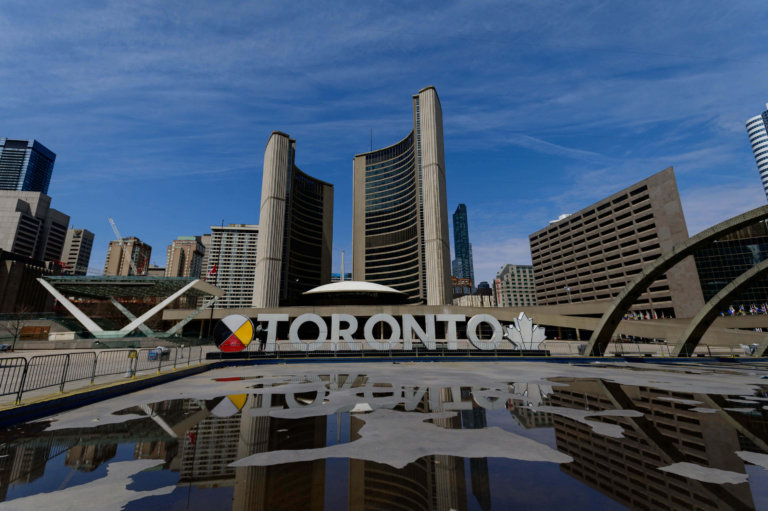
Here are five exciting words for those who see Canada as the Promised Land: Immigration Levels Plan for 2021-2023. The Canadian government hopes to welcome over 1.2 million new Canadian permanent residents in the next two years. International students in Canada will likely play a major role in helping the government achieve its immigration targets. Immigration, Refugees and Citizenship Canada (IRCC) recently announced that the country aims to grant 401,000 Canadian permanent residence in 2021, 411,000 in 2022, and 421,000 in 2023.
The likely candidates to fill these targets? International students in Canadian universities who remain in the country after graduating. They stand to benefit from clear government pathways to immigration, according to Universities Canada director of research and external relations Wendy Therrien.
It starts with a study permit that allows international students to study in Canada and get a postgraduate work permit upon completing their studies. The postgraduate work permit is open and flexible, and allows students to work for any employer, at any location in Canada. International students who applied for their Canadian permanent residence after completing one year on a postgraduate work permit would make up a significant part of the IRCC’s targets, says Cosmina Morariu, senior manager of Fragomen, a leading law firm that deals with immigration services. “The maximum duration you can get on that permit is three years, so it is very convenient. The moment you have one year of employment in Canada you can apply for permanent residence,” she says.
From international students to Canadian permanent residents
#Intlstudents can return to these 23 institutions in Nova Scotia. #Canada https://t.co/GkS5T7JmVy pic.twitter.com/DrSMuzF3ws
— Study International (@Study_INTNL) November 9, 2020
Canada hopes to welcome mostly economic immigrants — targeting 723,500 — between 2021 and 2023. The economic immigrant group comprises six sections: Federal High Skilled, Federal Business, Economic Pilots (Caregivers; Agri-Food Pilot; Rural and Northern Immigration Pilot), Atlantic Immigration Pilot Program, Provincial Nominee Program, and Quebec Skilled Workers and Business.
While the breakdown doesn’t specifically mention students, Morariu said students normally fall under the economic class. According to CIC News, Canada is the world’s third-leading destination of international students with 642,000 foreign students. The country approved over 400,000 new study permits in 2019. India is the leading international student source country, followed by China, South Korea, France and Vietnam rounding off the top five countries. The country is also seeing an increased number of applicants from the US as well. “I think we are going to see more people applying for study permits, because it is very easy to get your foot in the door and apply for permanent residence,” said Morariu.
Memorial University of Newfoundland internationalisation office interim director Sonja Knutson was quoted saying that Canada’s international education strategy has been successful largely because of the country’s reputation for straightforward immigration pathways, openness to diverse cultures and recognition that adjusting to new demography is a “two-way street”.
“So while the immigration announcement does not yet provide detail about direct impacts on international students, we do believe the news will help international student recruitment since students and their parents continue to see Canada as a safe and welcoming place,” she said.
Minister of Immigration, Refugees and Citizenship Marco E. L. Mendicino said in the 2020 Annual Report to Parliament on Immigration that Canada is a safe and welcoming destination for immigrants, refugees and asylum seekers. “Immigrants enrich Canada beyond measure, and no accounting of our progress over the last century and a half is complete without including the contributions of newcomers,” he said.








